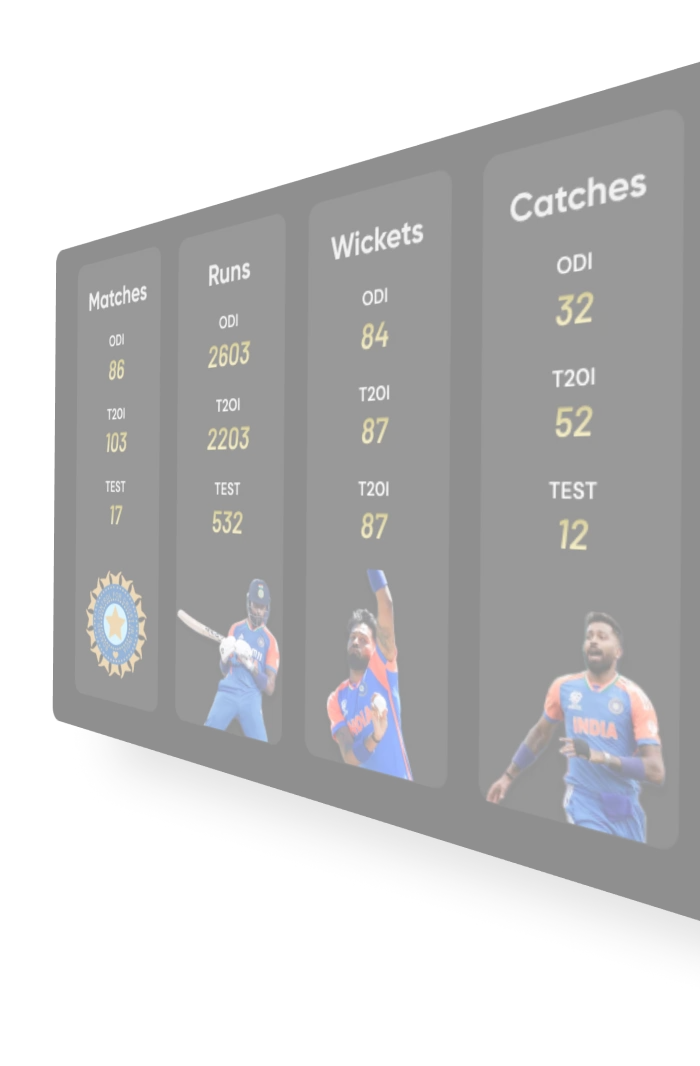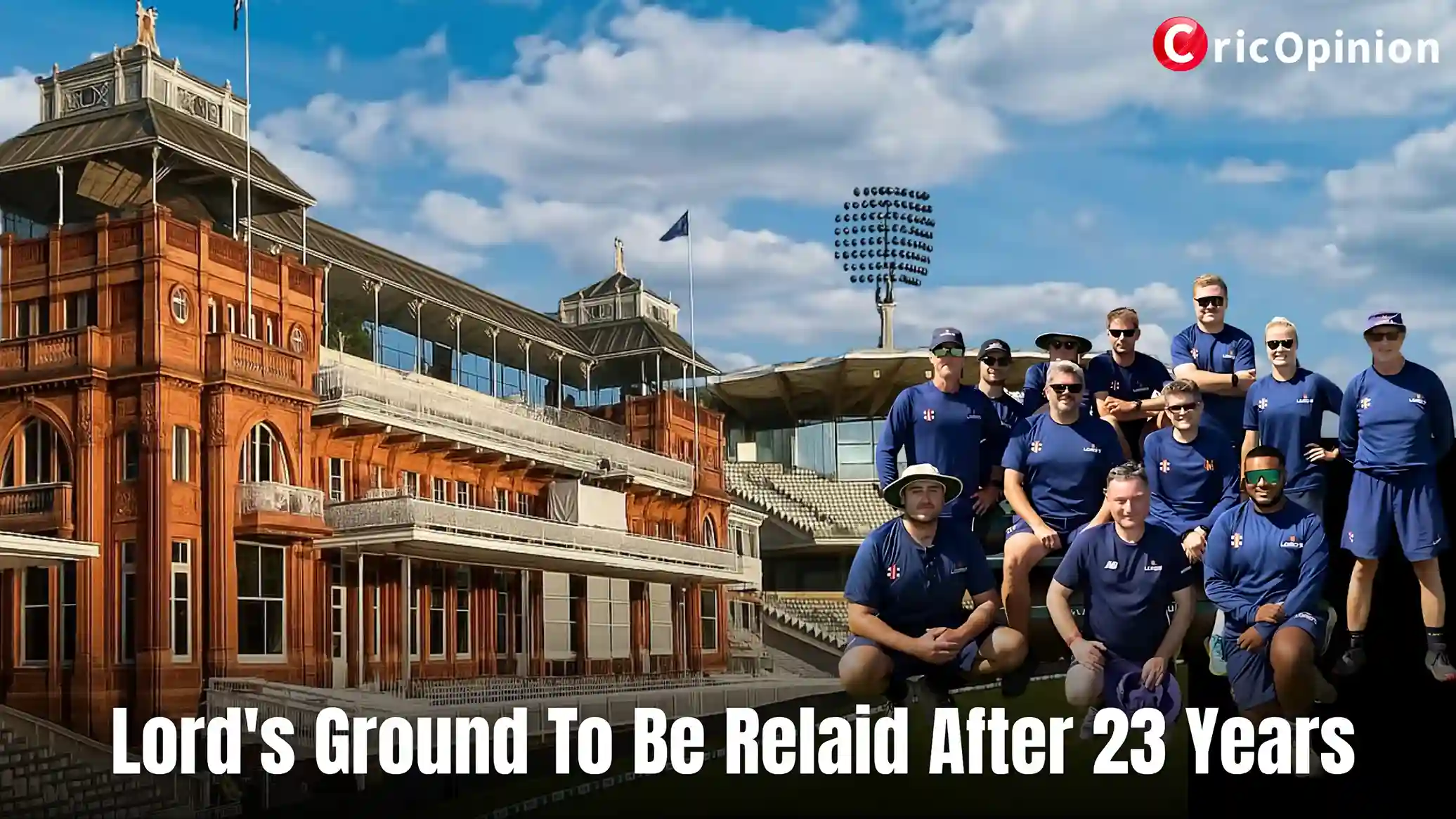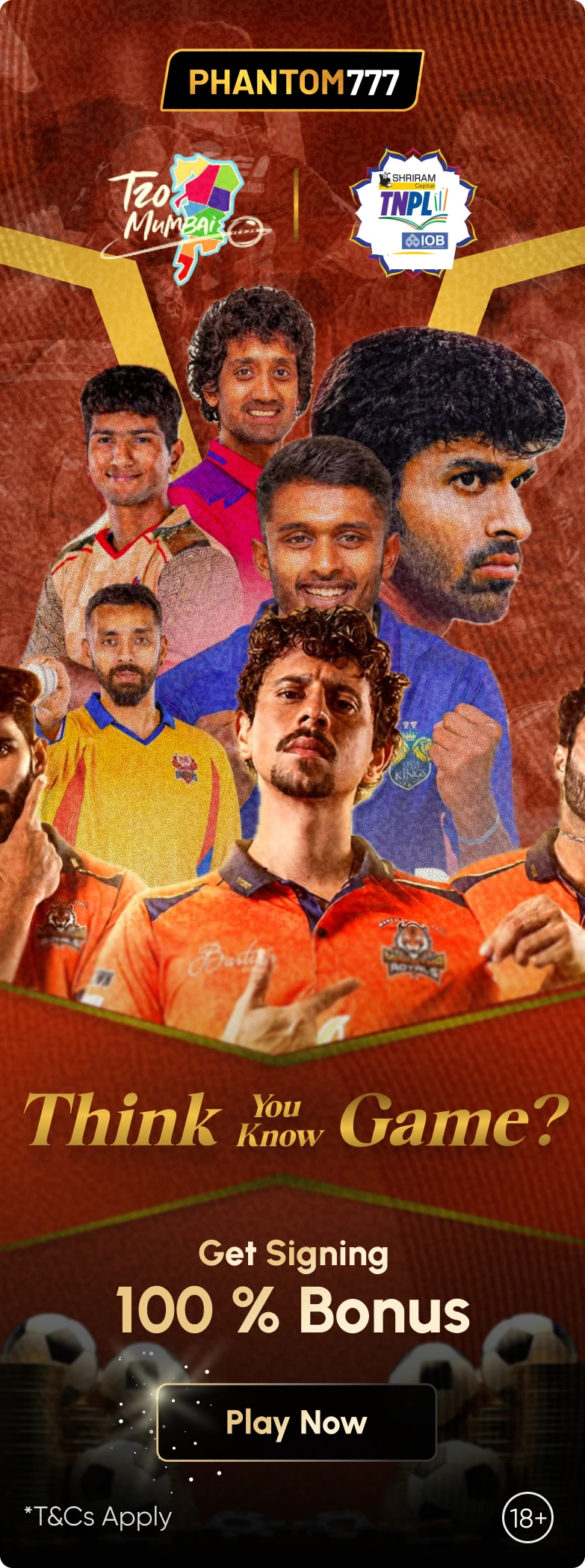Take Home a Slice of Lord’s Cricket History

Table Of Contents
One piece, countless stories
MCC has announced that anyone who wants can take a piece of grass 1.2 meters long and 0.6 meters wide to their home. The price has been kept at 50 pounds. Imagine if a piece of land on which legends like Sachin Tendulkar, Brian Lara, Steve Waugh, or Ben Stokes have played is in your courtyard, then it will not be just a piece of grass, but will be a part of cricket's legacy.
Not just for members, but for everyone
Initially, this offer was for about 25,000 members of MCC, but the club opened it to the general public as well. Such a step has been taken to raise funds for the MCC Foundation and to further improve the infrastructure of the ground in the future. Ten per cent of the total earnings will go directly to the foundation, and the rest of the money will be invested in the facilities of the ground.
Reason for changing the grass
The process of this change will start in September. The 20-pitch square in the middle of the field will be kept as it is, but the upper 15 millimetre part of the outfield will be removed and new grass will be sown. MCC chief curator Karl McDermott said that this plan had been in his mind for a long time, but it was being postponed due to the busy cricket calendar.
He said that earlier, his predecessor, Mick Hunt, had a pitch on which no match was played for three years, which would give time for a replay. But now it has become almost impossible to keep the ground vacant due to The Hundred, women's cricket, and other tournaments.
Outfield problem
For some time now, there has been concern that the outfield grass is becoming unstable. When the players dive during fielding, large pieces of grass get uprooted. This not only spoils the beauty of the field but also increases the risk of players getting injured.
Memories of 2002
The outfield of Lord's Stadium was last changed in 2002. At that time, the main objective was to improve the drainage system. Even then, MCC had sold pieces of grass, but the price was just 10 pounds. 35,000 pounds were raised from that initiative. One fan even spent 1,260 pounds to decorate his entire lawn with this sacred grass.
Incomplete attempt in 2012
During the London Olympics in 2012, archery was organised at Lord’s. At that time also many members had demanded to change the outfield. Some had even described it as a “patchwork blanket”, but the MCC considered the ground suitable for playing at that time. The International Cricket Council also gave it a green signal after inspection.
A confluence of cricket and emotions
It is exciting for any cricket lover to think that he can step on the grass in his garden on which Kapil Dev bowled, Ricky Ponting played a cover drive, or James Anderson bowled a devastating spell. This purchase is not like a simple decoration, but like keeping a part of history that generations will remember.
Benefit to MCC Foundation
An important aspect of this initiative is that it will help the MCC Foundation. This organisation works for the development of cricket and gives opportunities to the youth, especially in those areas where cricket facilities are limited. In such a situation, every piece purchased not only becomes a memento but also a support for future players.
New thinking on ground improvement
There is a plan to equip Lord's with more modern facilities in the coming years. Improving the spectator experience, increasing safety and comfort for players, and maintaining the quality of the ground are on the agenda of the MCC. This process of changing the grass is part of that plan.
A rare opportunity for fans
Emotions in cricket are not just limited to matches, but are also associated with places, objects, and memories. Buying this piece of Lord's grass may not be possible for every fan, but for those who can get it, it will be a lifelong treasure.
Possible reactions
People often have two types of reactions to such an initiative. On the one hand, some consider it a great idea, as it gives a chance to keep a part of history with them and also contributes to the development of the ground. On the other hand, some people may question the price or practicality, but on an emotional level, owning Lord's grass is an incredible experience for a cricket lover.


History and Importance of the Ground
Lord’s is not just a cricket ground, but it is a symbol of the culture and tradition of cricket. It houses memories of Ashes, thrills of World Cup finals, and many such moments have been created here that are told again and again. This grass has seen generations of the game, and now it will go to tell a new story in the homes of the spectators.
We think this initiative is a bridge between cricket and the fans. It is not just an economic initiative but a way to share the legacy of the game. Every piece of grass is a part of the history that is written on the ground, not in books. Those who have the opportunity to buy it are not just buying grass but also keeping the unseen moments of the game that the ground has quietly stored within itself.




FAQS
Top Teams
- India
- New Zealand
- Australia
- England
- South Africa
- Bangladesh
- Pakistan
Top Leagues
- Indian Premier League
- Women's Premier League
- Big Bash League
- T20 Mumbai Premier League
- The Hundred
- Caribbean Premier League
- Lanka Premier League
- Maharashtra Premier League
- Tamil Nadu Premier League
More Links
- Twitter trendings
- Off Field Talks
- Pitch Analysis
- Team Analysis
- Player Analysis
- Match Prediction
- Toss Prediction











